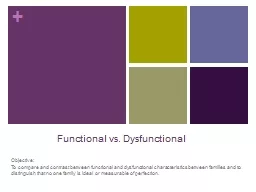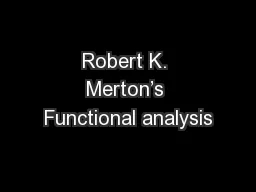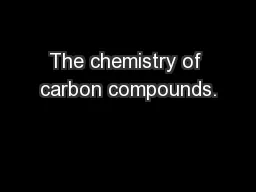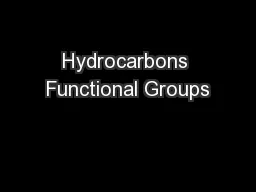PPT-Identifying Functional Groups
Author : belinda | Published Date : 2022-06-15
The Key to Survival Why is this so important Over and over again you will be asked to do reactions the details to which you will receive in lecture and via your
Presentation Embed Code
Download Presentation
Download Presentation The PPT/PDF document "Identifying Functional Groups" is the property of its rightful owner. Permission is granted to download and print the materials on this website for personal, non-commercial use only, and to display it on your personal computer provided you do not modify the materials and that you retain all copyright notices contained in the materials. By downloading content from our website, you accept the terms of this agreement.
Identifying Functional Groups: Transcript
Download Rules Of Document
"Identifying Functional Groups"The content belongs to its owner. You may download and print it for personal use, without modification, and keep all copyright notices. By downloading, you agree to these terms.
Related Documents














